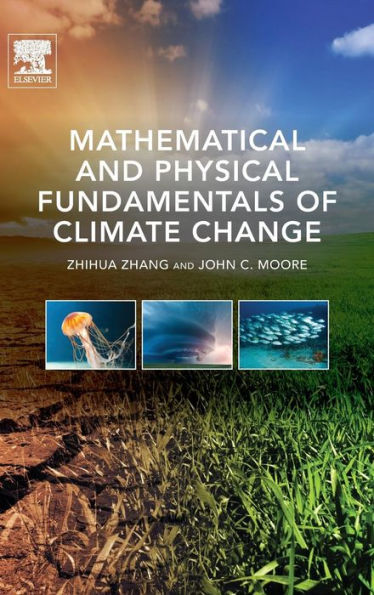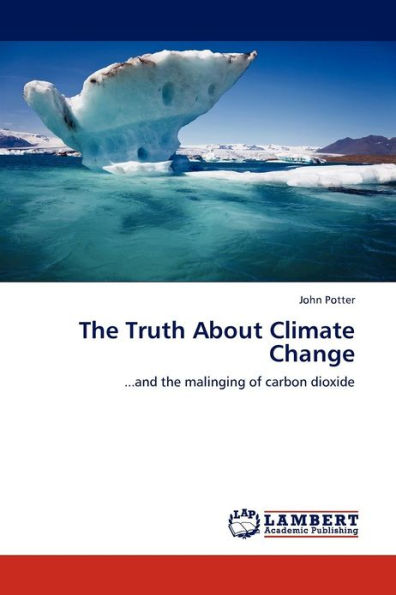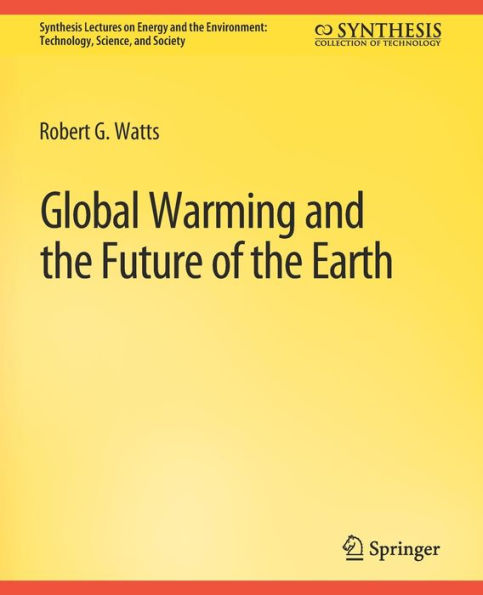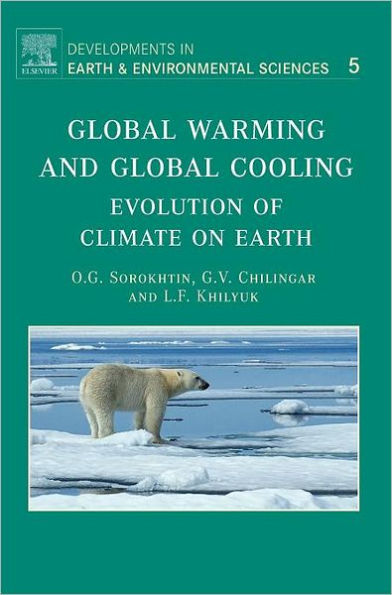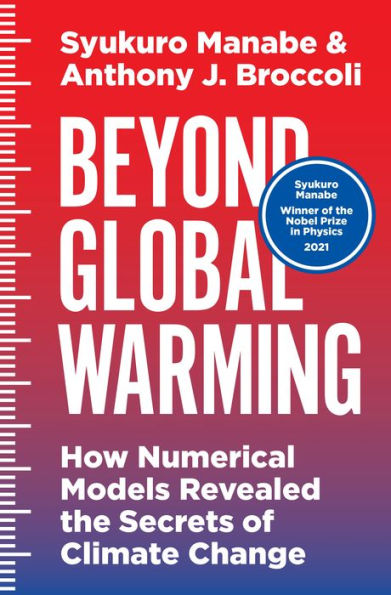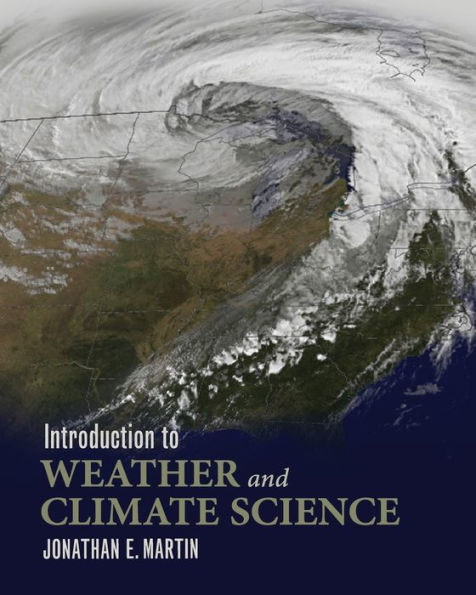Home
The Physics of Climate Change and Global Warming.


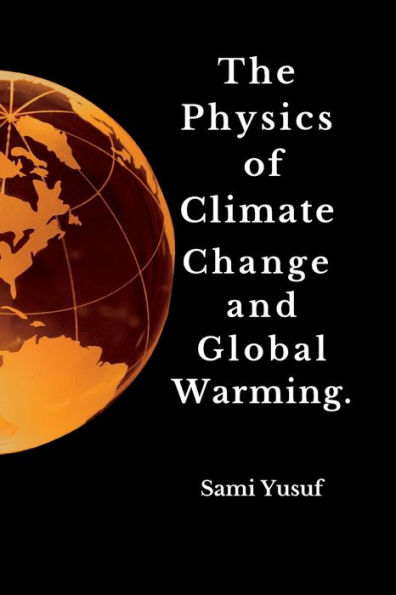
The Physics of Climate Change and Global Warming.
Current price: $22.00
Loading Inventory...
Size: OS
An Overview of Climate Physics
Understanding the intricate relationships that give rise to the planet's climate system between the atmosphere, seas, land surface, and ice cover is the goal of the multidisciplinary discipline of climate physics. It explains the complexities of the Earth's climate and its variations over time by fusing ideas from physics, chemistry, biology, and mathematics. Understanding the variables driving climate change, forecasting future patterns of the climate, and developing practical mitigation plans for the effects of global warming all depend on this field of study.
Fundamentally, climate physics explores the basic physical mechanisms that control Earth's climate. The distribution of temperature, humidity, and precipitation on Earth is largely determined by these processes, which also include radiation, convection, advection, and phase shifts of water. Determining the reasons behind climate patterns requires an understanding of the laws of thermodynamics and fluid dynamics.
The greenhouse effect is one of the main phenomena examined in climate physics. This occurs naturally when certain gases found in the Earth's atmosphere, such as carbon dioxide (CO2), methane (CH4), and water vapor, absorb outgoing infrared radiation. The globe warms as a result of the absorption and reemission of infrared radiation by these greenhouse gases. The concentration of these gases has greatly increased due to human activity, especially the burning of fossil fuels and deforestation, which intensifies the greenhouse effect and causes global warming.
